Why are you recommending Python? That’s the question a colleague of mine asked when I was pitching Python for data science work. It is a fair question, and I tried to answer with facts and not opinions. Indeed, answering a question about why a language is better than others can quickly turn into a religious war. So, let me try to avoid that with some disclaimers. First of all, I don’t think one size fits all: Python is not going to become THE programming language. Depending on the task, other languages are a much better fit. For instance, Java for enterprise applications solving well defined problems. Fortran, C, and C++ are great for HPC. C is dominant for systems programming. Javascript + node.js, or PHP, are de facto standards for web site implementation. I could go on forever, as many languages fit a niche. But when it comes to data science, Python has taken the lead. Let’s look at facts before you start arguing with me.
Culturegraphy [culturegraphy.com], developed by “Information Model Maker” Kim Albrecht reveals represent complex relationships of over 100 years of movie references.
Movies are shown as unique nodes, while their influences are depicted as directed edges. The color gradients from blue to red that originate in the1980s denote the era of postmodern cinema, the era in which movies tend to adapt and combine references from other movies.
Brightpoint Consulting recently released a small collection of interactive visualizations based on open, publicly available data from the US government. Characterized by a rather organic graphic design style and color palette, each visualization makes a socially and politically relevant dataset easily accessible.
deficit over this period of time.
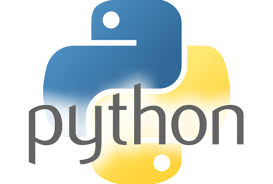

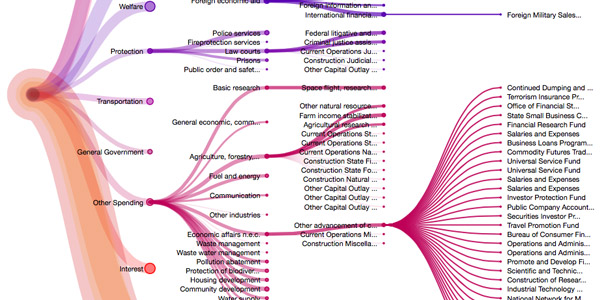

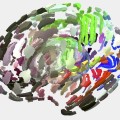
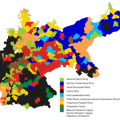





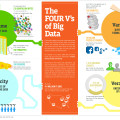
Recent Comments